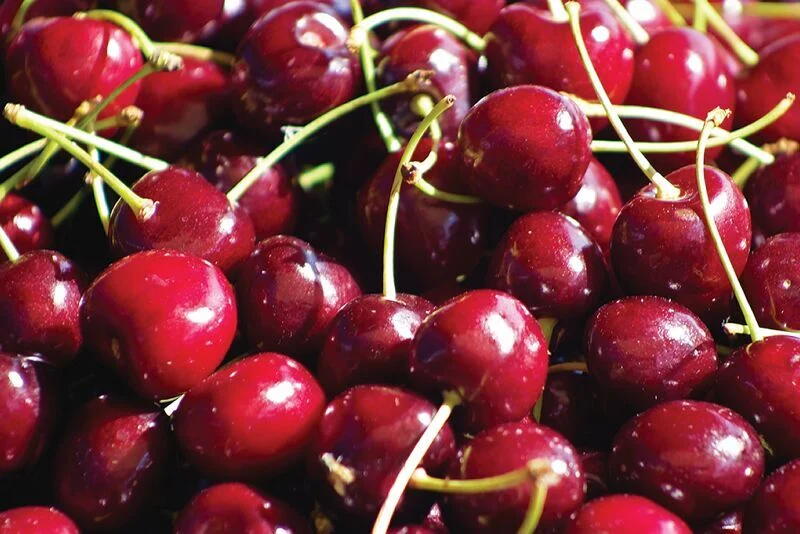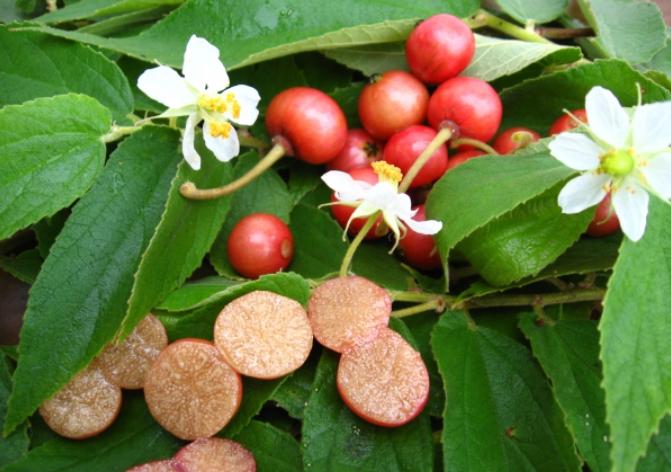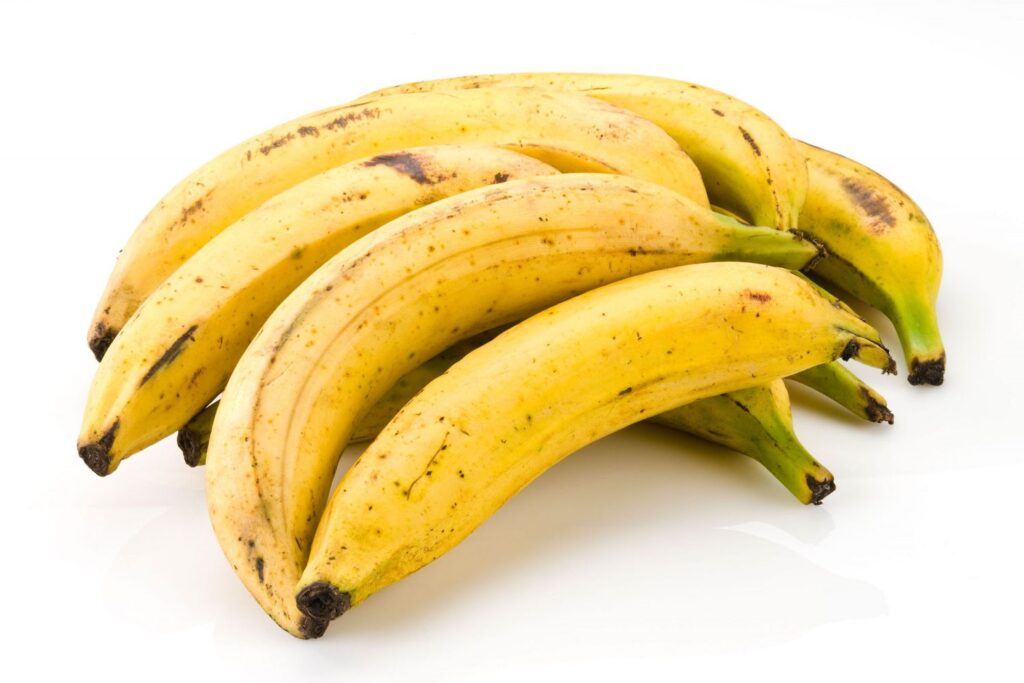Banana bread and banana cake are delicious treats that both come from bananas. Even though they share the same main ingredient, they are quite different from each other.
Let’s take a closer look at the differences between banana bread and banana cake, including what’s in them, how they feel and taste, how you make them, and the best times to serve them.
Table of Contents
- The Ingredients
- Banana Bread
- Banana Cake
- Taste: Sweetness with a Touch of Banana
- What Banana Bread Tastes Like
- What Banana Cake Tastes Like
- Texture: From Dense to Light and Airy
- The Texture of Banana Bread
- The Texture of Banana Cake
- Preparation: From Easy Recipes to Fancy Cakes
- Making Banana Bread
- Making Banana Cake
- Great Times to Enjoy These Treats
- Banana Bread
- Banana Cake
- Summary
The Ingredients
Banana Bread
Banana bread is easy to make and is perfect for using bananas that are too ripe to eat. The usual things you need to make classic banana bread are:
- Ripe bananas: They make the bread sweet and moist.
- Flour: All-purpose flour gives the bread its shape and feel.
- Sugar: This makes the bread a bit sweeter.
- Eggs: They hold everything together and help the bread keep its shape.
- Butter or oil: It makes the bread rich and moist.
- Baking soda and/or baking powder: They make the bread light and fluffy.
- Salt: It brings out all the other flavors.
Banana Cake
Banana cake is a sweet and soft dessert that’s often enjoyed on special days. It has a lot in common with banana bread, but there are some key differences:
- Ripe bananas: Just like in banana bread, these add sweetness and moisture.
- Flour: Banana cake recipes might use cake flour for a softer, lighter cake.
- Sugar: There’s usually more sugar in banana cake because it’s a dessert.
- Eggs: Adding more eggs than in banana bread makes the cake rich and soft.
- Butter: This adds lots of flavors and makes the cake taste great.
- Baking soda and/or baking powder: Help the cake rise and become light and airy.
- Salt: Just a bit of salt can balance the sweetness and bring out the flavors. ^li>
Taste: Sweetness with a Touch of Banana
Both banana bread and banana cake have a lovely banana flavor and sweetness, but each one tastes a little different.
What Banana Bread Tastes Like
Banana bread has a strong banana taste that gets stronger as the bananas get more ripe. It’s not too sweet, so you can really taste the bananas. Spices like cinnamon or nutmeg can make it even tastier and give it a cozy smell. The flavor is rich and feels just right.
What Banana Cake Tastes Like
Banana cake is usually sweeter than banana bread. The sugar in the batter makes it very sweet and adds to the banana flavor. Sometimes you add vanilla or other flavors that make the taste even better.
The cake is soft and smooth, and when you take a bite, it feels like a sweet banana treat is melting in your mouth.
Texture: From Dense to Light and Airy
Banana bread and banana cake are both moist, but they feel different when you eat them.
The Texture of Banana Bread
Banana bread is thick and moist, quite like a heavy cake. The bananas make it tender, and adding nuts can give it some crunch. The outside of the bread can be a little crusty, which adds to its homemade charm.
The Texture of Banana Cake
Banana cake, however, is light and fluffy. It’s soft because of more baking soda and baking powder that make the cake rise. If you put cream or frosting between the layers, it adds even more softness and a creamy taste.
Preparation: From Easy Recipes to Fancy Cakes
While banana bread and banana cake are made differently, they both come from mixing simple ingredients.
Making Banana Bread
Making banana bread is quite easy. You just need bananas, flour, eggs, sugar, butter or oil, and something to make the bread rise. You mash the bananas, mix the wet and dry parts, and bake it in a loaf pan. It usually takes around 50 minutes to an hour to bake. Banana bread is a good baking project for beginners or when you want something homemade without too much fuss.
Making Banana Cake
Banana cake needs a bit more care to make.
To get the light and fluffy feel of the cake, we use ingredients like those in banana bread, but also add more things to make it rise, like baking powder and baking soda.
When we make the cake batter, we beat it well to add air, which helps make the cake soft and light. After spreading the batter into cake pans, we bake it for a short time, around 25 to 30 minutes. When it’s cool, we layer the cake with frosting to turn it into a beautiful dessert for parties and other special moments.
Great Times to Enjoy These Treats
Banana Bread
Banana bread is a cozy and flexible snack that fits many different times. Here’s when you might want to have some:
- For breakfast or brunch: If you like, toast a slice and add butter or cream cheese for a tasty start to your morning.
- During snack time: Have a piece of banana bread for a lovely and satisfying break.
- At tea gatherings: Banana bread is a simple and heartwarming treat that everyone enjoys at a tea get-together.
- For outdoor meals or potlucks: Banana bread is easy to carry and share, making it perfect for these fun gatherings.
Banana Cake
Banana cake looks fancy and tastes deluxe, making it great for times when you want something special. Here are examples of when it’s the star:
- For birthdays or other celebrations: Bake a homemade banana cake to make someone’s big day even more amazing.
- At weddings: Choose banana cake for an unexpected and memorable wedding treat that guests will talk about for years.
- On dessert tables: Include banana cake at fancy events to impress guests with its fine texture and yummy taste.'])){ system.setTextPaste(ol>
- At holiday meals: Bring a taste of the tropics to your festive feast with banana cake. It fits in perfectly with the celebration.
Summary
In summary, banana bread is a comforting choice that goes well with your morning coffee or as a quick snack. Banana cake, on the other hand, is a luxurious dessert that is just right for parties and important events. Whether you go for the bread or the cake, you’ll get the yummy sweetness of ripe bananas to brighten your day.
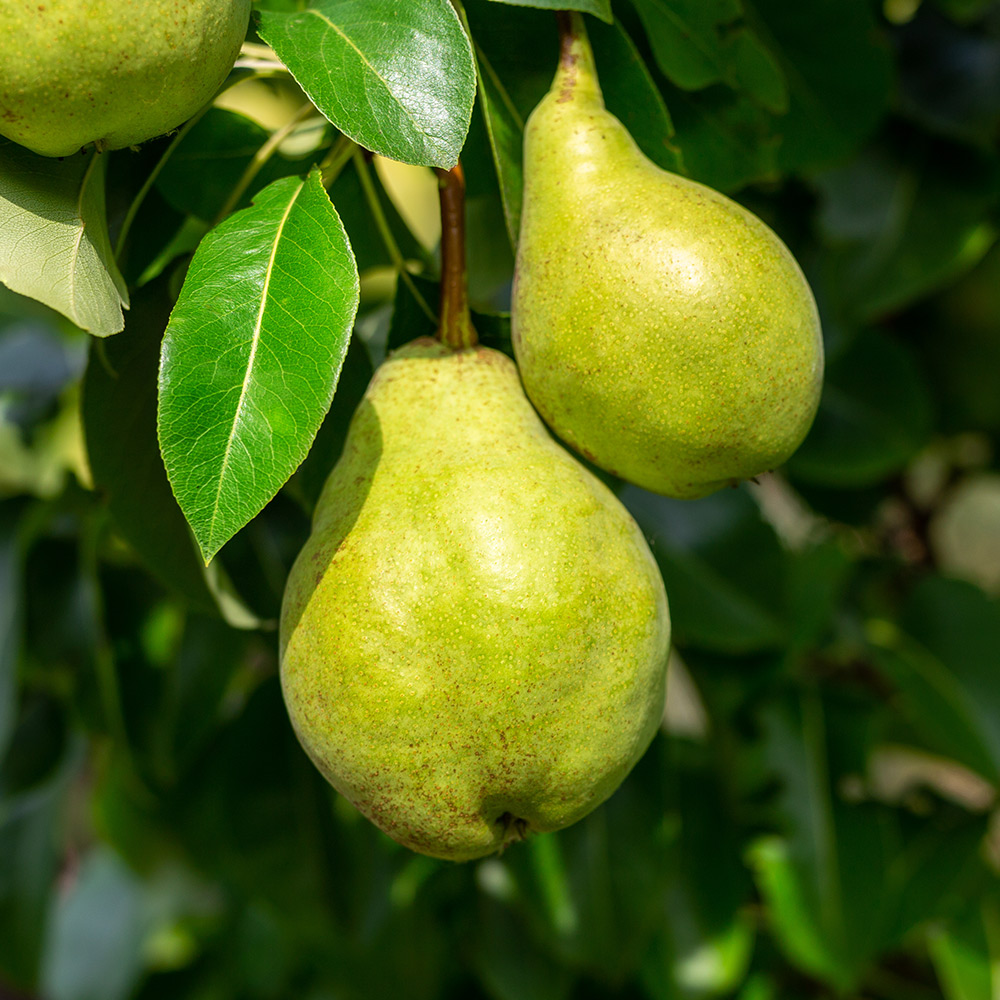
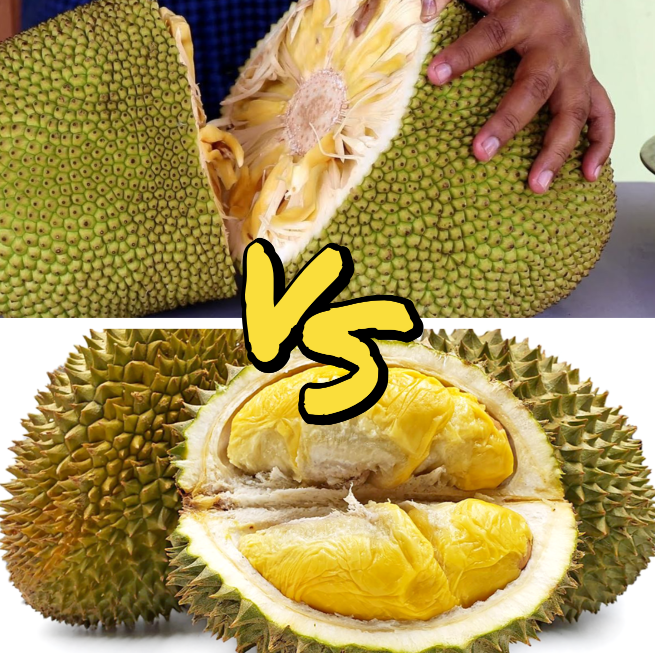


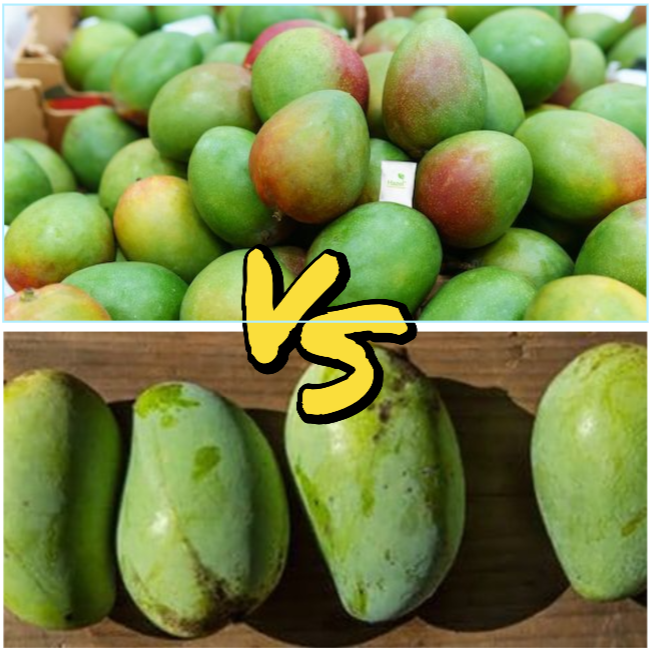

![What Is the National Fruit of Korea And Why? [ANSWERED]](https://fruitonix.com/wp-content/uploads/2023/04/What-Is-the-National-Fruit-of-Korea-And-Why-1024x683.jpg)
